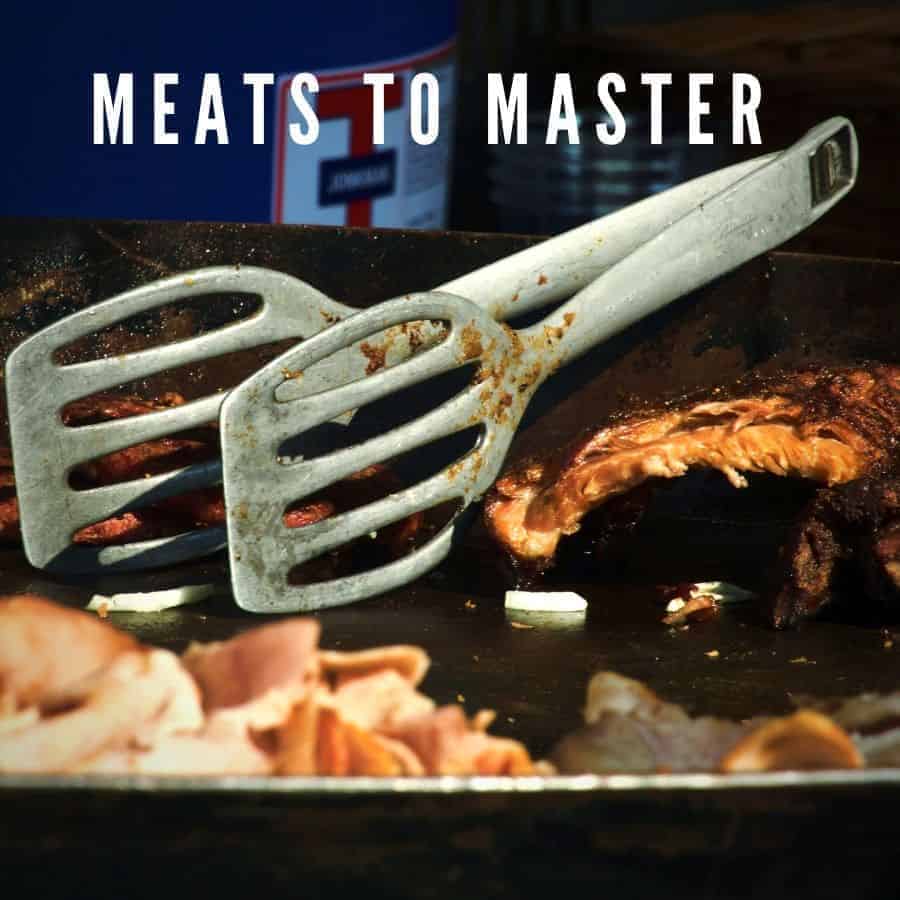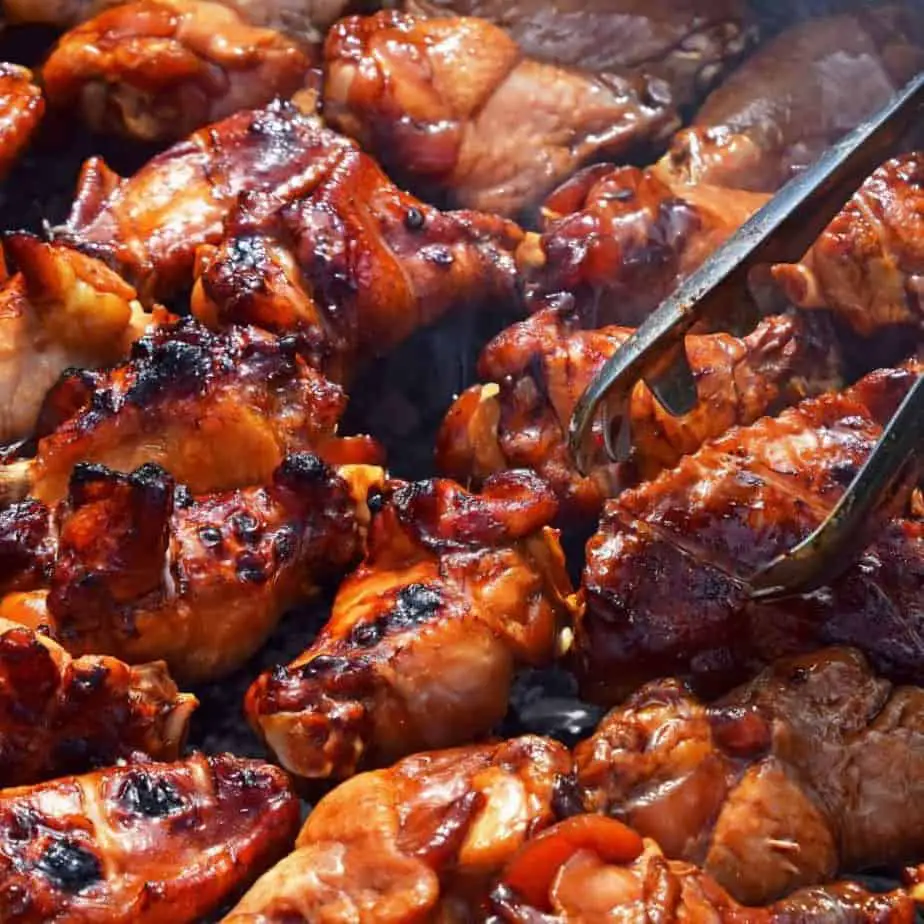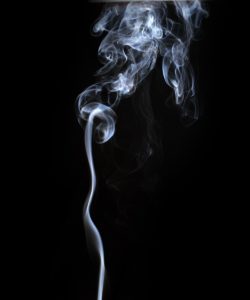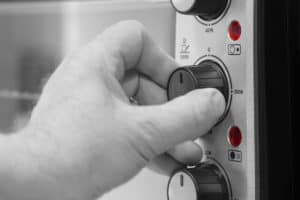Getting Started With Cold Smoking Cheese
Disclosure: This post may contain affiliate links. If you use these links to buy something we may earn a commission at not additional cost to you. Learn more.
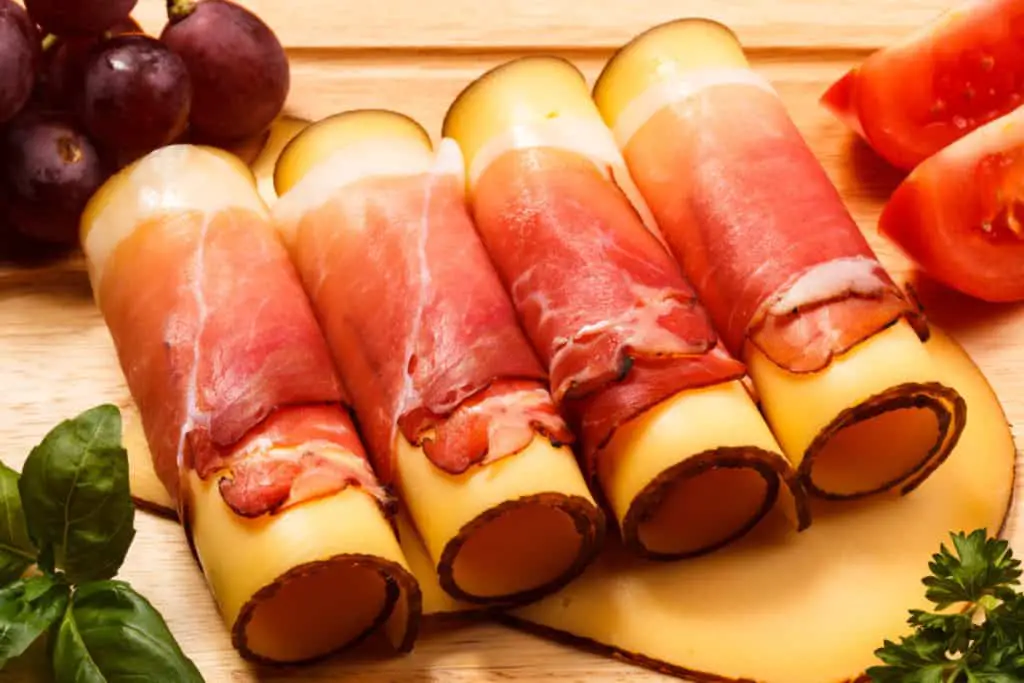
Cheese is already delicious. But there’s a way to make it taste even more heavenly than it already does, and it’s called “cold smoking.” And don’t worry; even if you’ve never done it before, it’s simple. Pro pitmasters even recommend starting your cold smoking journey with cheese, since there are no potential food poisoning risks if it’s not done perfectly.
Cold smoking is different than regular smoking, as the process requires a different heat level, and you can use a whole variety of foods, not just meats. Some cheeses are better than others when it comes to cold smoking, and certain recipes can enhance the flavors brought out during cold smoking.
While the process is simple, there are a lot of important things to know before you buy a smoker. And believe me, you’ll want to know. Once you pull all the pieces together and smoke your first block of cheese, the smooth, nutty taste of cold-smoked cheese will make all the effort worth it.
Cold Smoking Versus Regular Smoking
There is a difference between smoking cheese and regular smoking. Smoking meat requires cooking and tending to the meat all day long, and making the best-smoked brisket is a long, arduous labor of love (and sweat) that can take up to twenty-two hours. But cold smoking cheese has a much smaller range: two to four hours. Sure, that is a good chunk of the day, but in comparison to the full-day necessary for smoked brisket, you’re definitely getting the better end of the deal. Delicious food that takes ninety percent less time than other smoking processes.
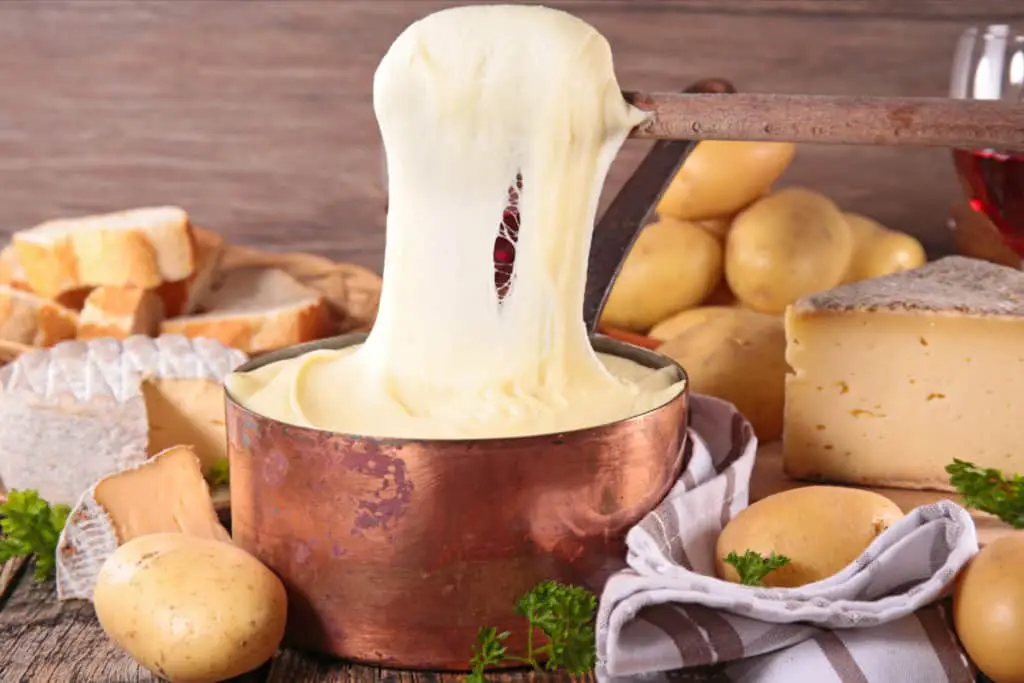
One of the reasons cold smoking takes much less time is because the cold smoking process is cold smoking. The “cold” part of the name is crucial, and it’s there because cold smoking smokes the food at a much lower temperature than regular smoking. Cold smoking fires should stay at a temperature of about 68 to 86 degrees Fahrenheit (20 to 30 degrees Celcius) because 90 degrees Fahrenheit is the melting point of cheese (32 degrees Celcius). Normal smoking usually has heat from the fire going at 200 to 250 degrees Fahrenheit (93 to 121 degrees Celcius), so it’s a huge jump. And while 86 degrees isn’t cold, it seems frigid when compared to 250 degrees.
Cold smoking is used to enhance the natural flavors of the food with smoke, so it’s a lot like adding salt…well, if adding salt took two hours. You can cold smoke a bunch of different foods, such as fish, cheese, meat, or even produce. Regular smoking is used to flavor, cook, brown, and preserve the meat, hence why it takes longer.
Both cold smoking and smoking can be a part of the cooking process, depending on what food is being smoked/cold-smoked. When either of these methods is being used to cook meat (whether raw or partially cooked to begin with), it’s vital that it’s done properly and that the temperature is watched carefully to make sure that the food is cooked through, but not overdone.
Cold smoking can be a method for cooking meats, but before meats are cold-smoked, they have to be cured. But luckily for you, cheese isn’t something that can give you food poisoning if it’s undercooked, so it’s much less pressure than trying to cold smoke bacon or salmon.
Choosing the Right Cheese
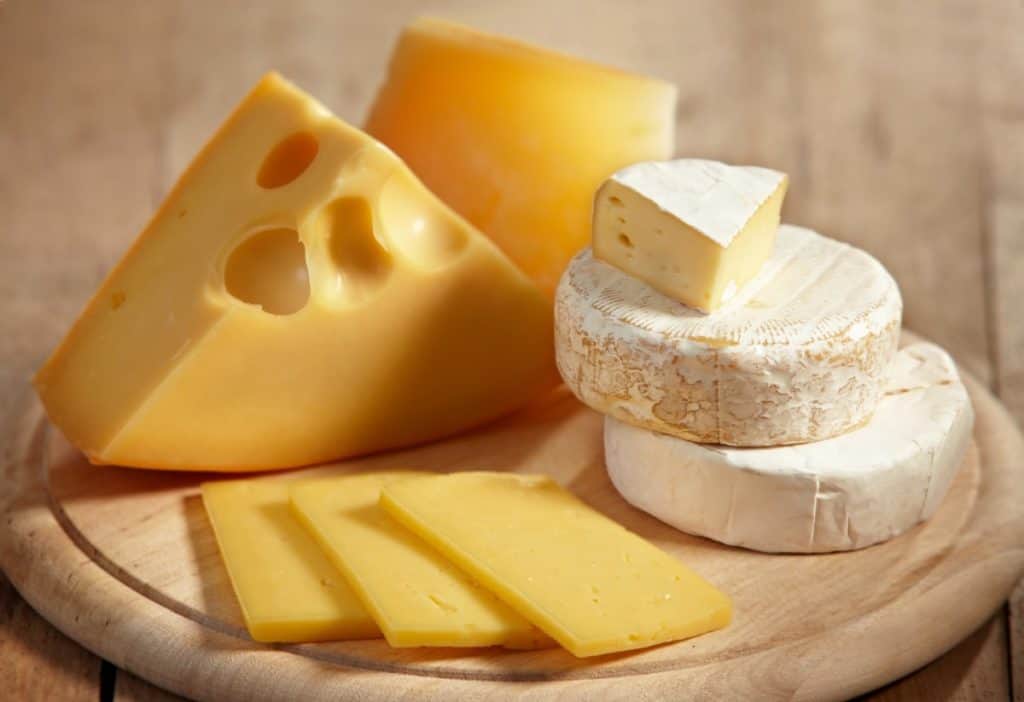
Before you can get into the nitty-gritty of smoking the cheese, you first have to know what kind of cheese you want to smoke. You can pick whatever kind of cheese you want, after all, you’re the one that’s gonna be eating it, but some cheeses do take to smoking better than others. Some highly recommended cheeses are the semi-hard ones, like hard mozzarella, parmesan, pepper jack, stilton, or provolone.
Other people recommend using extra hard cheese, like cheddar, blue cheese, gouda, swiss, and brie, because their melting point is higher and there’s less of a chance that they’ll melt while smoking. This is also why soft cheeses are avoided. However, while some people love smoked gouda, others think it tastes like salted wax, so it might be smart to do a grocery trip just to try some presmoked cheeses (which aren’t nearly as good as home-smoked cheese) just to know what cheeses you prefer over others.
Or, you can go based on your gut. What’s your favorite cheese? What kind of cheese do you like, but feel like is missing something? Thinking about these questions can help you decide what cheese you love the most or what cheese you can enhance to a heavenly level by smoking for four hours. Even if it hasn’t been listed in this article, if it’s cheese, it can be smoked. And if you’ve got your heart set on heavenly swirls of smoked gouda, then don’t listen to that one guy who thinks it tastes like wax. This is a matter of your tastes, pure and simple. (Just check to see if the cheese you’re smoking is a soft cheese, so you know to be extra careful about the temperature so it doesn’t melt.)
Choosing the Right Wood
Before you buy wood to smoke with, you need to make sure that you get wood that has not been chemically or pressure-treated. Make sure that the wood you buy is natural so that no toxic chemicals get absorbed into the cheese and then eaten by you. Eating smoked gouda with a side of toxic chemicals will not turn you into a superhero, no matter what Marvel wants you to believe.
Now, onto the myriad of options. Each wood is unique, and depending on which one you pick, your smoked cheese can taste entirely different. Check out the chart below to see the different flavors each wood gives off.
| Wood | Flavor | Pairs well with: |
| Hickory | Strong, pungent, and bacon-like | Strong Cheeses and pork |
| Apple | Sweet, fruity, and mild | Cheese and pretzels |
| Mesquite | Strong and earthy | Red meat |
| Pecan | Mild and bacon-like | Cheese and any meat |
| Sugar Maple | Mild and sweet | Cheese, vegetables, and poultry |
| Alder | Subtle sweetness | Cheese, salmon (any fish), and poultry |
| Cherry | Fruity and sweet | Cheese, pretzels, and any meat |
| Oak | Average smoky | Cheese and any meat (Can also be used in tandem with other woods) |
| Walnut | Strong and bitter | Combined with other woods |
| Pear | Sweet, light, and fruity | Pretzels, pork, and poultry |
| Pimento | Robust, citrus, and smoky | Jerk Chicken |
| Grape Vine | Strong, tart, and fruity | Poultry, lamb, and pork |
| Mulberry | Similar to apple | Fish, pork, and poultry |
| Olive | Light mesquite | Poultry |
| Peach | Sweet, fruity, and floral | Cheese, pork, and poultry |
That’s a lot to take in, but hopefully, it’s easy to see which ones are commonly used for cheese. If not, remember that Hickory, Apple, Pecan, Oak, Peach, Cherry, Sugar Maple, and Alder woods usually work best for cold smoking cheese. If you want more of an in-depth analysis of some of the flavors these lumber choices add to the cheese, check out this website.
How to Cold Smoke Cheese
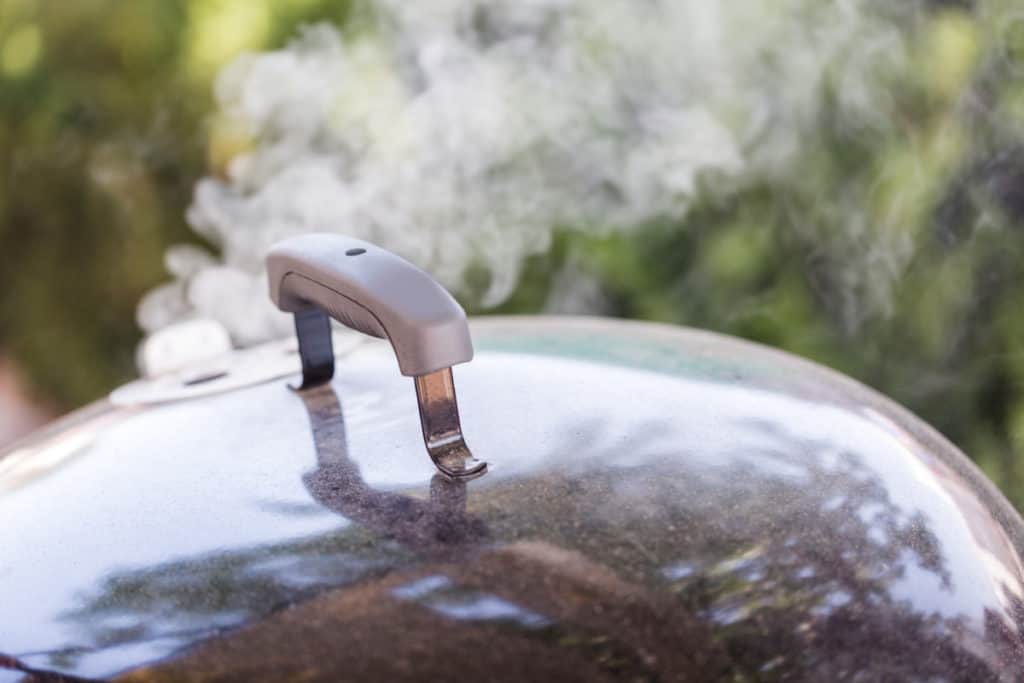
While you’re probably eager to dive into the process, there are some things you should do to prepare for your cold smoking debut. The first thing you should do is dry out your cheese. This keeps bacteria from growing on the cheese while it’s being cold-smoked, and it also helps to preserve it. The best way to do this is to lay it out on a plate in your refrigerator the night before without wrapping it, so it gets nice and dried out.
However, you do not want cold cheese going in your smoker, because then it will collect condensation. You need to leave the cheese on the counter until it gets back up to room temperature before you can start cold smoking it.
And since the cold smoking requires lower temperatures, try to do this on a cooler day. It will be much easier to control the temperature of the fire if it’s not sweltering outside. But if you’re planning on doing this during the summer, don’t despair. You can still cold smoke effectively, just try to cold smoke either early in the morning or late at night when the sun has gone down and it’s somewhat chilly outside.
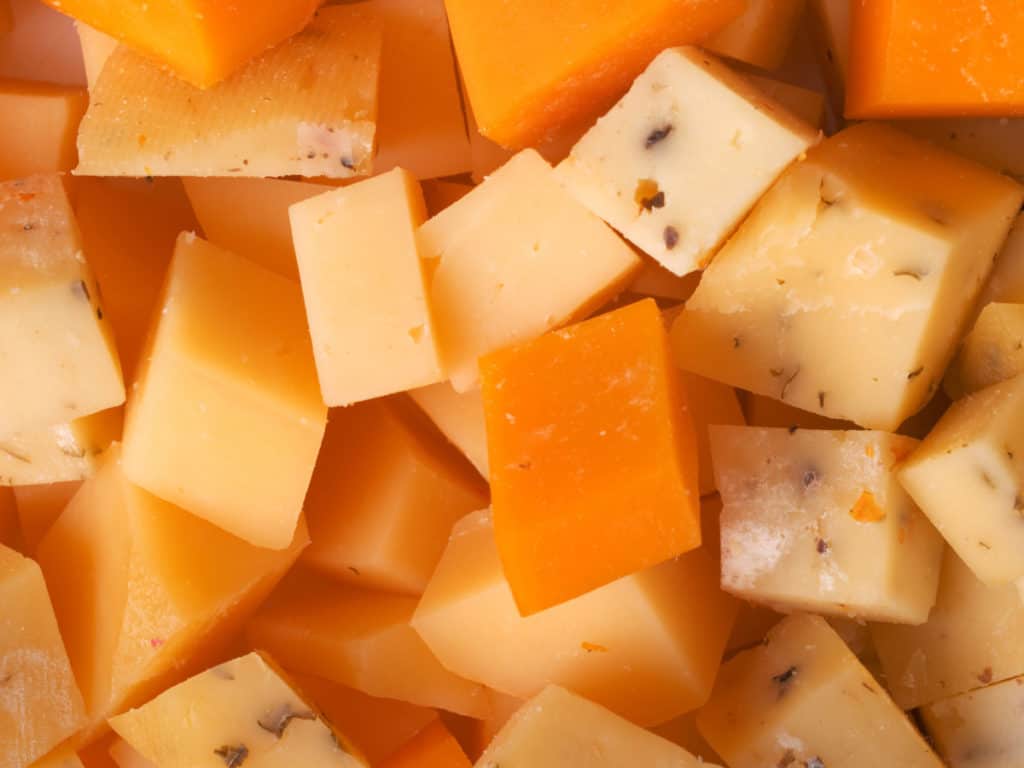
If you want the smoky flavor to fully saturate your cheese, make sure to cut the block up into smaller, bite-sized pieces. The smoke can only really penetrate the surface area, and it’ll be easier for the flavor to absorb into the cheese if the pieces are smaller.
Pitmasters also recommend putting a tray of ice water right below the rack that the cheese is resting on. That keeps the cheese from getting hot and melting, which is not what you want from smoked cheese.
If you’re completely unfamiliar with smoking, check out this guide to see different methods of smoking and what will work best for cold smoking cheese. Cold smoking requires a different process than regular smoking, and it will be important to find the right grill/smoker setup that works for you.
When you actually start smoking the cheese, you should flip over the cheese every 15 to 30 minutes to make sure that the smoky flavor is being evenly distributed through each block. You also need to be watching the wood; there should be a steady, constant flame throughout so that a steady stream of white smoke will be enveloping the cheese throughout the whole process.
You can smoke your cheese anywhere from two to four hours. It just depends on how flavorful you want it to be. If you like super subtle smoked cheese, stick with two hours. But if you want your cheese to taste like you’re taking a bite out of a piece of waxy apple wood, then we recommend sticking it out for the full four hours.
Once you’re done, wrap it up in cheese paper and then let it sit in the fridge for 1 to 3 days. This part is crucial. We know you just spent four hours slaving over a smoker, but eating it right away is a bad idea. Smoking the cheese is like painting a room; you can’t move in right away, you have to give the walls a chance to dry, and you have to give the cheese a chance to resolidify with the new flavors. And the longer you let it sit before you bite into it, the better it will taste.
It might’ve been hard to see all the steps within each paragraph above, so here’s a simplified list of how to cold smoke cheese:
- Dry the cheese in the fridge
- Leave it on the counter to bring it back to room temperature
- Choose a cool day (if not, cook during early morning or late at night)
- Put a tray of ice water under the cheese rack
- Start smoking
- Flip cheese every 15 to 30 mins
- Tend to fire to keep a temperature of 68 to 86 degrees
- Keep a steady stream of light smoke
- After 2 to 4 hours, wrap cheese in cheese paper and put in the fridge
- Let sit for 1 to 3 days
- Bon appetit!
Perfect Recipes for Smoked Cheese
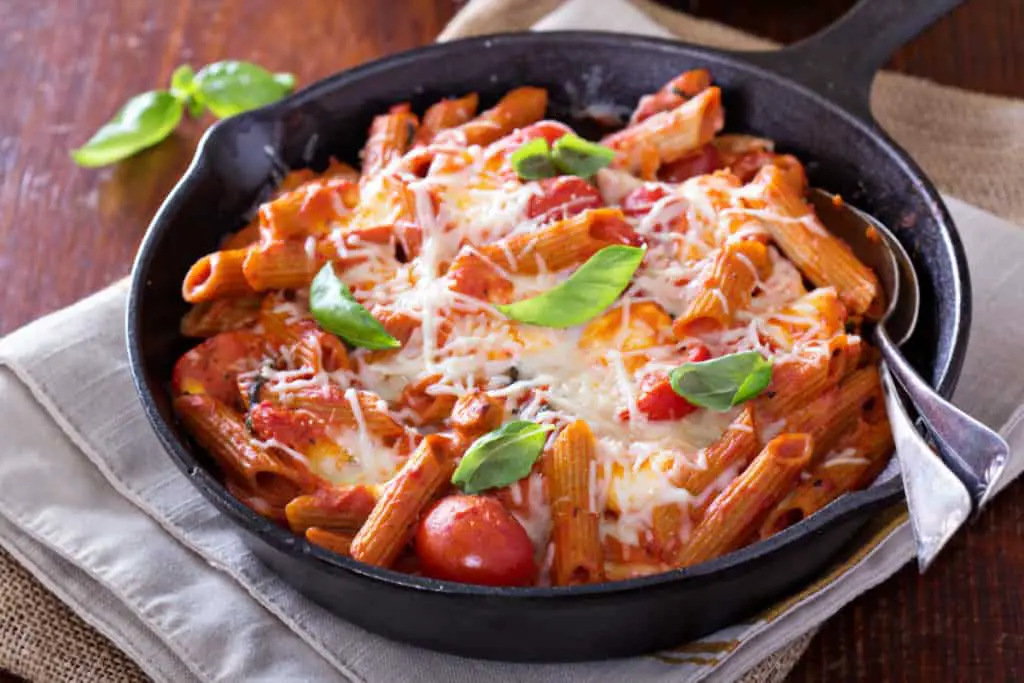
You might think that there aren’t many recipes unique to cold-smoked cheeses (probably because cold-smoked cheeses can taste extremely varied based on the cheese and wood combination), but the world has noticed the value of these delicious cold-smoked cheese, so thankfully, there are a plethora of beautiful smoked cheese recipes.
And even if you don’t have a specific recipe, cold-smoked cheese can almost always take the place of its regular counterpart in most recipes to make the dish even more flavorful. Wanna make scrambled eggs? Try sprinkling in some of the maple-smoked mozzarella cheese. You even can sprinkle cheese into a bunch of different meals, like soups, salads, casseroles, shepherds pie, pizza, and omelets to lift all of these meals to a higher level.
Here is a list of the best smoked cheese recipes we could find:
- Macaroni and Smoked Cheddar Cheese
- Penne with Tomato and Smoked Cheese
- Smoked Gouda Fondue
- Smoked Mozzarella Pizza
- Dad’s Smoked Cheddar Fajita Quesadillas
- Smoked Cheddar Potatoes
- Crispy Smoked Provolone BLATS
We hope you enjoy eating your cold-smoked cheese! Try some of these delicious-looking recipes, and check out our other articles if you want to learn all about smoking and barbequing.


